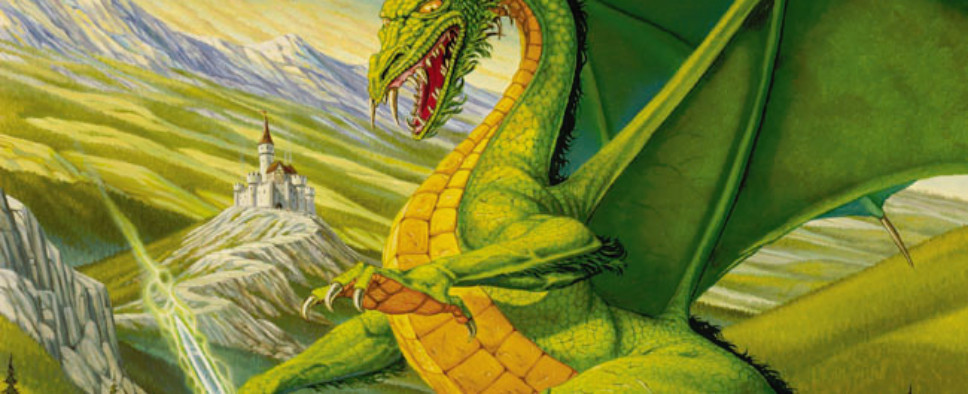Dungeons & Dragons 40th Anniversary Interview
-
Category: News ArchiveHits: 1658

With more details, cover art, and an initial pre-order available for the fifth edition of the Dungeons & Dragons tabletop game, CNN has taken advantage of the buzz by publishing an interview/historical piece that features commentary from Wizards of the Coast's Nathan Stewart and Chris Perkins, as well as Irrational Games' Ken Levine and Penny Arcade's Jerry Holkins, about the new edition and the effect that D&D has had on a legion of gamers. Good reading:
By the early '80s, as the game grew in popularity with wargamers, then college and high school students, it drew the attention of some religious groups that claimed -- as they would with "Harry Potter" decades later -- that the game encouraged witchcraft and demon worship.
For others, D&D opened the door to expanding their circle of friends at a time in their formative years when shyness may have otherwise taken over. Video game creator Ken Levine didn't have friends to play D&D with when he discovered the game in 1978. But a trip to summer camp and a chance meeting with others who played introduced him to many new people.
"So I went from having no friends and no social circle to an immediate social circle through 'Dungeons & Dragons,' " said Levine, who is best known as creator of the "Bioshock" series. "We were playing a module out of the 'Dragon' magazine called 'The Mansion of Mad Professor Ludlow.' The Dungeon Master that night is still my best friend to this day."
"D&D" also influenced the social component of online games like "World of Warcraft."
"Without Dungeons & Dragons, there is a very different person in this chair right now. I just don't know if I would have made the connection -- the social network with the people I met."
By 1981, the game had more than 3 million players worldwide. By 2007, that number grew to 6 million, and the numbers keep rising.
Universally considered the first modern role-playing game, D&D set the benchmark for many future RPG games -- either the table-top or computer variety. Beyond simple game mechanics, the game allowed players to understand how to tell a story or craft an adventure that kept people engaged and entertained.
"Often times when people think of D&D, they think of the dice, maps and groups of friends sitting around the kitchen table," Stewart said. "But D&D has also been in the video game space as far back as 1982 and has served as the inspiration for a lot of today's digital games."
The influence of "Dungeons & Dragons" on video games has been clear from the beginning.
"D&D was about creativity -- both in terms of the player experience and the Dungeon Master experience," Levine said. "Once I started getting exposed to Gygax's world -- sitting there and thumbing through the pages of the 'Monster Manual' over and over again and the other manuals of Advanced D&D, I saw his whole vision. It exposed me to creatively minded people who thought about fantasy and genre things the way I did. It really got the ball rolling for me."
In 1988, the first officially-licensed video game based on D&D was released by Strategic Simulations, Inc. "Pool of Radiance" was an adaptation of the Advanced Dungeons & Dragons rule set, and was generally well received by fans and critics.
More successful video games would follow including the "Baldur's Gate" series and the "Neverwinter Nights" collection. Holkins played many of the games and felt the games leveraged the vast settings of the D&D's campaigns without tying themselves to its specific rules -- thereby leaning more on storytelling rather than combat.

